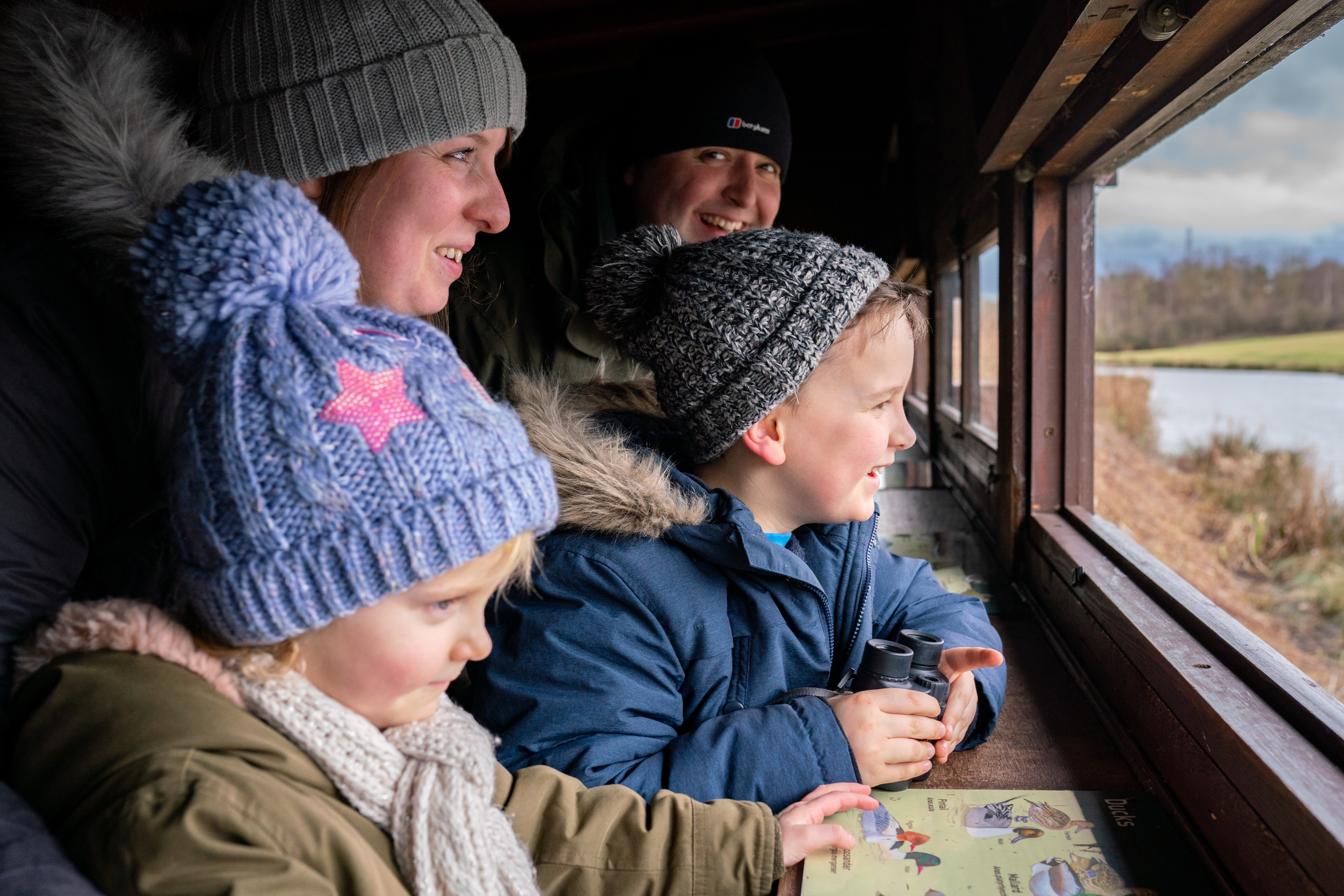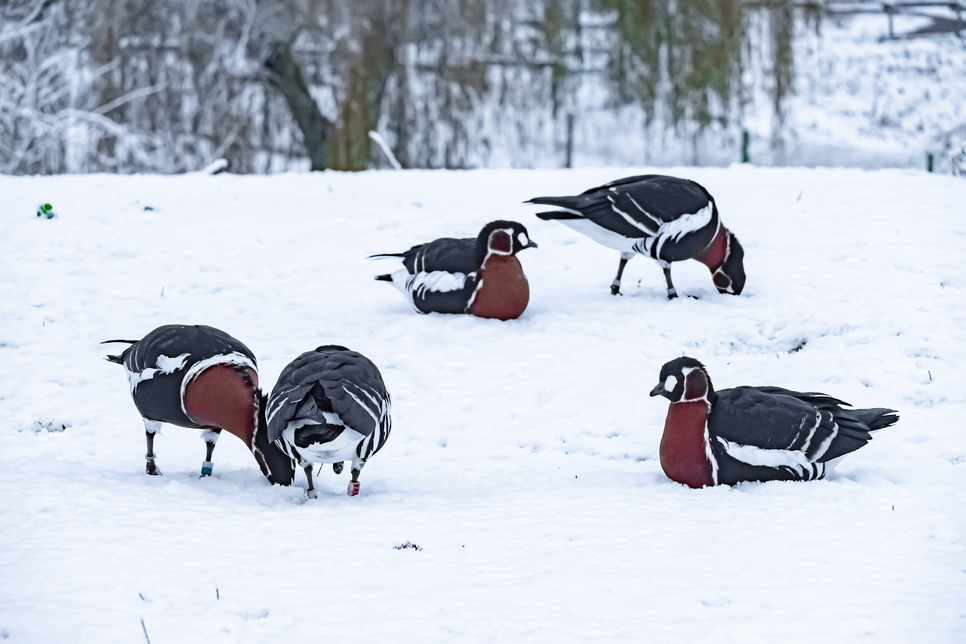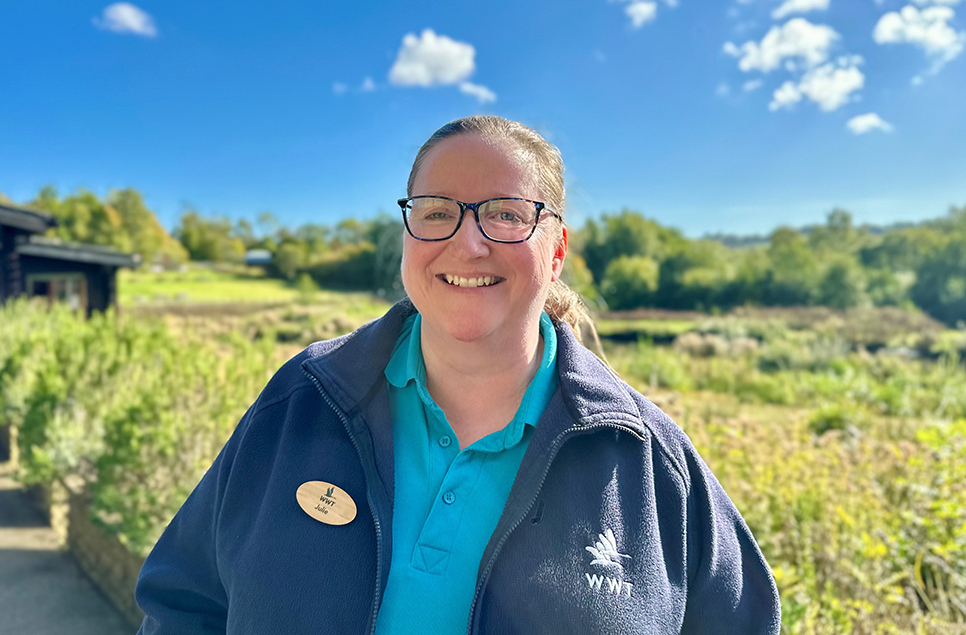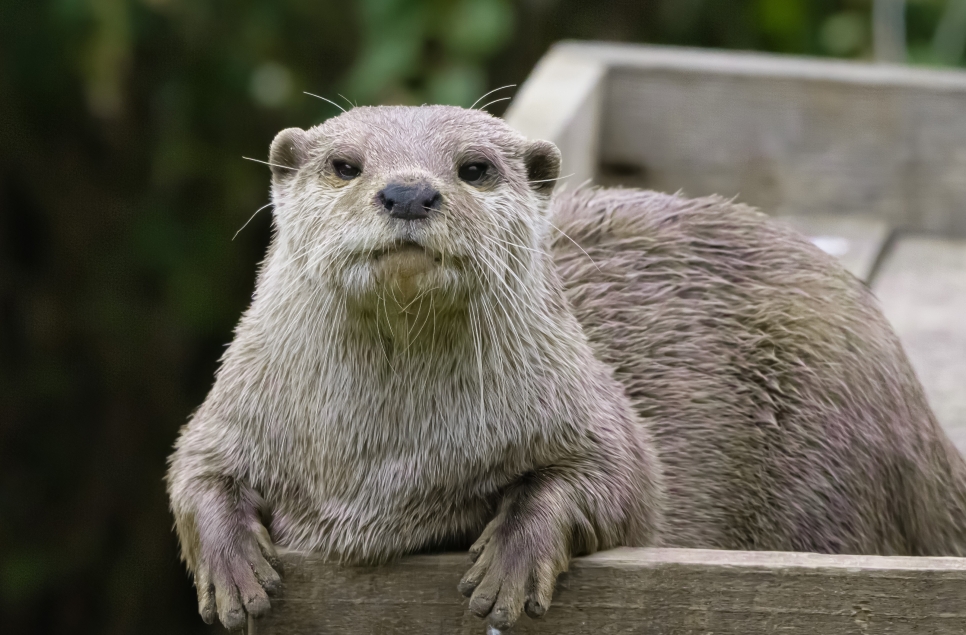Falcated ducks show off their plumage!
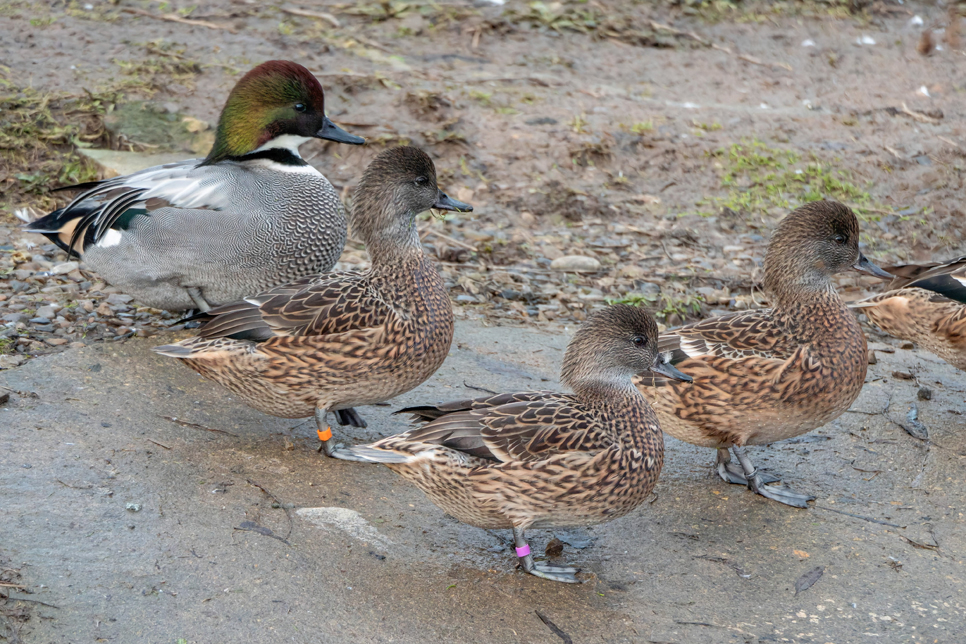
It's been almost 7 month since our falcated ducks hatched in our specialist on-site duckery, but oh how grown up they've become!
Our falcated ducks have gone through quite a transformation since hatching in early July last year (2021). Their fluffy downy feathers were incredibly cute and while they had subtle differences to other ducklings, they appeared to most to be the traditional yellow and brown ducklings that you would expect to see from many other duck species. BUT, their true plumage comes through once they reach adulthood and, at 6 months old, the plumage of the male of the species truly come into its own.
Closely related to gadwall and of similar size, falcated ducks are are dabbling ducks, so you can regularly see them ducking their heads underwater with their bottoms in the air searching for food under the surface of ponds and lakes.
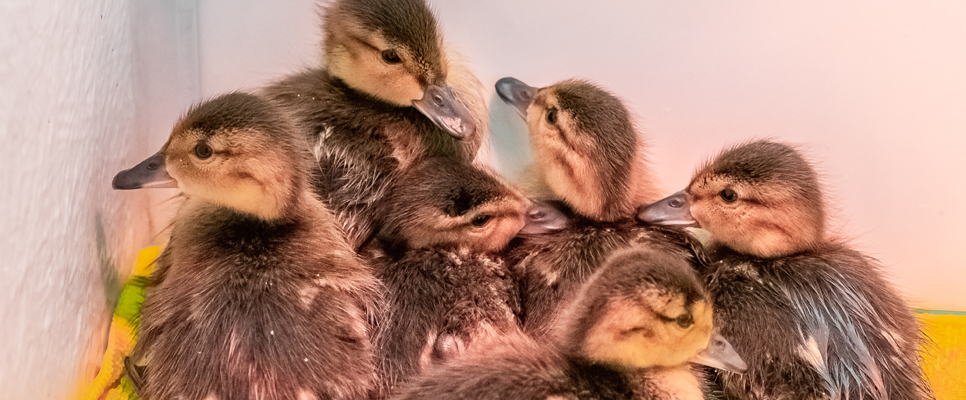
Appearance
The females, like many duck species, are a variation of neutral browns with a slightly darker head and pale neck line. The males show an impressive iridescent "crown" with colours of copper and green. Their long 'tertials', (flight feathers) at the bottom of their wings are long, almost hook-shaped. They raise their crest when flirting with females, which makes for very impressive viewing and generally they provide fantastic photo opportunities.
Where to view falcated ducks at WWT Washington
Our falcated ducks are in Close Encounters, which is a 2 minute walk from the visitor centre. Alongside our resident common eiders, red shovelers, smew, goldeneye and black swans, they make a fantastic addition to this busy exhibit. They're very placid and friendly often found near the waterfall - the team think this may disturb the mud in that area and bring up tasty insects to snack on!
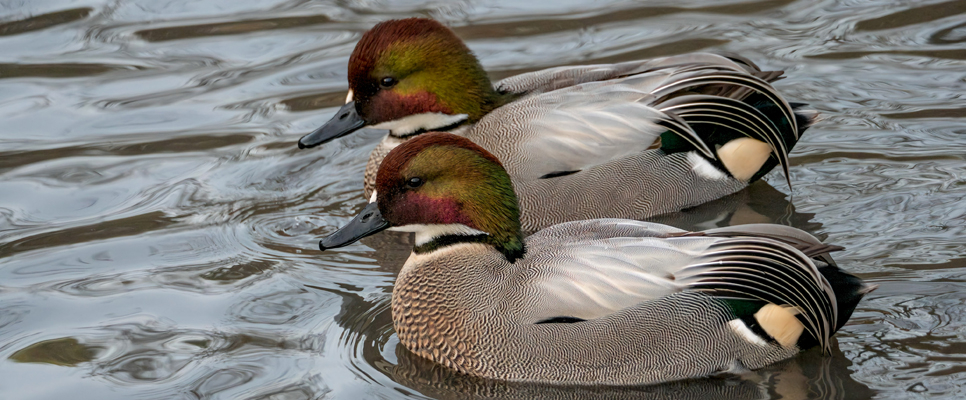
In the wild
These birds breed in many parts of east Asia, including Russia, China and Japan, wintering in southeast India. There is some conservation work being carried out for this species by various organisations. Like many species, they face threats in the wild due to hunting and habitat loss and are classed as near threatened. There is some positive news that their numbers for now appear to be stable, so fingers crossed things stay this way!
We'd love to see your photos of our falcated ducks, so feel free to share them with us on social media @wwtwashington
